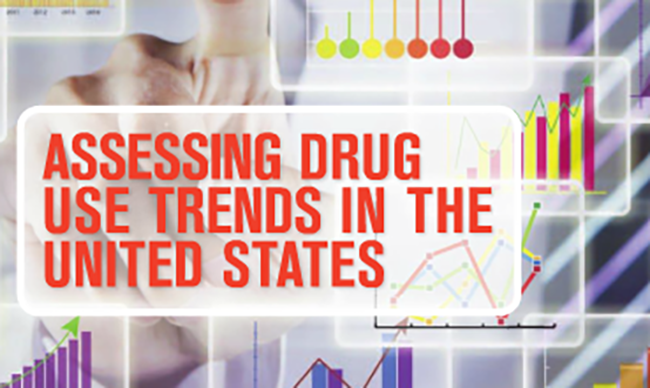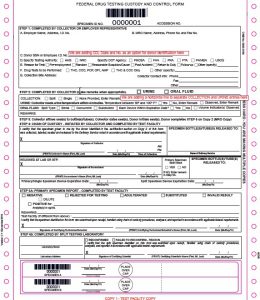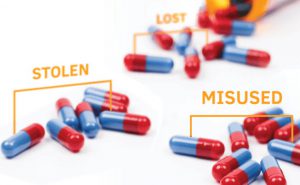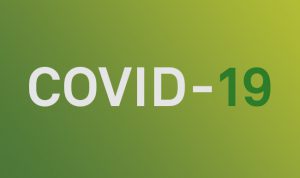 Many sources of data exist for examining drug use trends. Yet, according to a new article in the winter issue of DATIA Focus magazine, “There is no single data source that can answer all of the questions pertaining to drug use trends in the U.S.”
Many sources of data exist for examining drug use trends. Yet, according to a new article in the winter issue of DATIA Focus magazine, “There is no single data source that can answer all of the questions pertaining to drug use trends in the U.S.”
Dr. Barry Sample, Director of Science and Technology, Quest Diagnostics, pours through the numbers in his article “Assessing Drug Use Trends in the United States.” He reviews data sets from several trusted organizations and discusses trends based upon this comprehensive collection of insights. Each source researches a particular focus of illicit and prescription drug abuse in our country.
- Annually, the U.S. Department of Health and Human Services (HHS) conducts The National Survey of Drug Use and Health (NSDUH), also known as the NIDA Household Survey, which many consider to be the definitive source for estimates of drug use nationwide.
- The Drug Abuse Warning Network (DAWN) publishes data of drug-related visits to emergency departments to assess which drugs are involved in medical emergencies.
- The University of Michigan surveys 8th, 10th, and 12th grade students each year to present estimates of drug use in its Monitoring the Future study.
- The National Forensic Laboratory Information System (NFLIS) is administered by the Drug Enforcement Administration (DEA). It collects data from analyses of substances secured during law enforcement operations. In addition to the DEA and federal laboratories, there are 272 participating state and local laboratories which represent more than 90 percent of all drug analysis cases.
- The Quest Diagnostics Drug Testing Index™ (DTI) benchmarks positivity trends using workforce drug tests in its annual report. Over the past 25 years, the DTI has analyzed more than 125 million urine drug tests for federally mandated, safety-sensitive workers and the general workforce in the U.S.
In addition to analyzing overall drug use, Dr. Sample examines individual drugs such as marijuana, cocaine, heroin, amphetamine / methamphetamine and prescription opiates more closely. He reminds readers that “the majority of current illicit drug users are employed.” His article helps employers to better understand the prevalence and the patterns of drug use as they strive to create a safe, drug-free workplace.
To learn more about drug testing, visit our website.
 Your Privacy Choices
|
Privacy Notices
|
Terms
|
Language Assistance / Non-Discrimination Notice | Asistencia de Idiomas / Aviso de no Discriminación | 語言協助 / 不䈚視通知
Your Privacy Choices
|
Privacy Notices
|
Terms
|
Language Assistance / Non-Discrimination Notice | Asistencia de Idiomas / Aviso de no Discriminación | 語言協助 / 不䈚視通知



















Dr. Barry Sample, Director of Science and Technology, Quest Diagnostics, pours through the numbers in his article “Assessing Drug Use Trends in the United States.” He reviews data sets from several trusted organizations and discusses trends based upon this comprehensive collection of insights. Each source researches a particular focus of illicit and prescription drug abuse in our country.
In addition to analyzing overall drug use, Dr. Sample examines individual drugs such as marijuana, cocaine, heroin, amphetamine / methamphetamine and prescription opiates more closely. He reminds readers that “the majority of current illicit drug users are employed.” His article helps employers to better understand the prevalence and the patterns of drug use as they strive to create a safe, drug-free workplace.
To learn more about drug testing, visit our website.